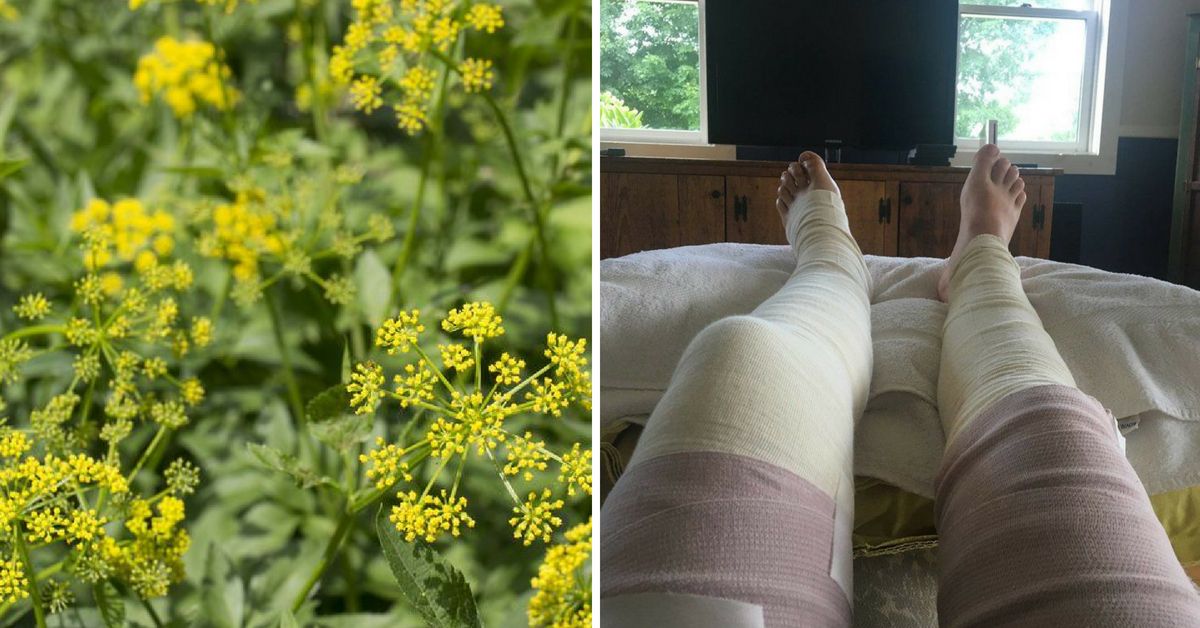Unless you've been living under a rock, you've definitely heard the warnings against giant hogweed, a beautiful but toxic plant that's been causing some severe injuries across the country.
The invasive plant, which originated from Asia, produces pretty white umbrella-shaped flowers, but don't let its beauty fool you.
The plant's stalk, flowers, leaves and sap are highly toxic. The chemicals found on them can make your skin light sensitive and cause severe burns and blisters.
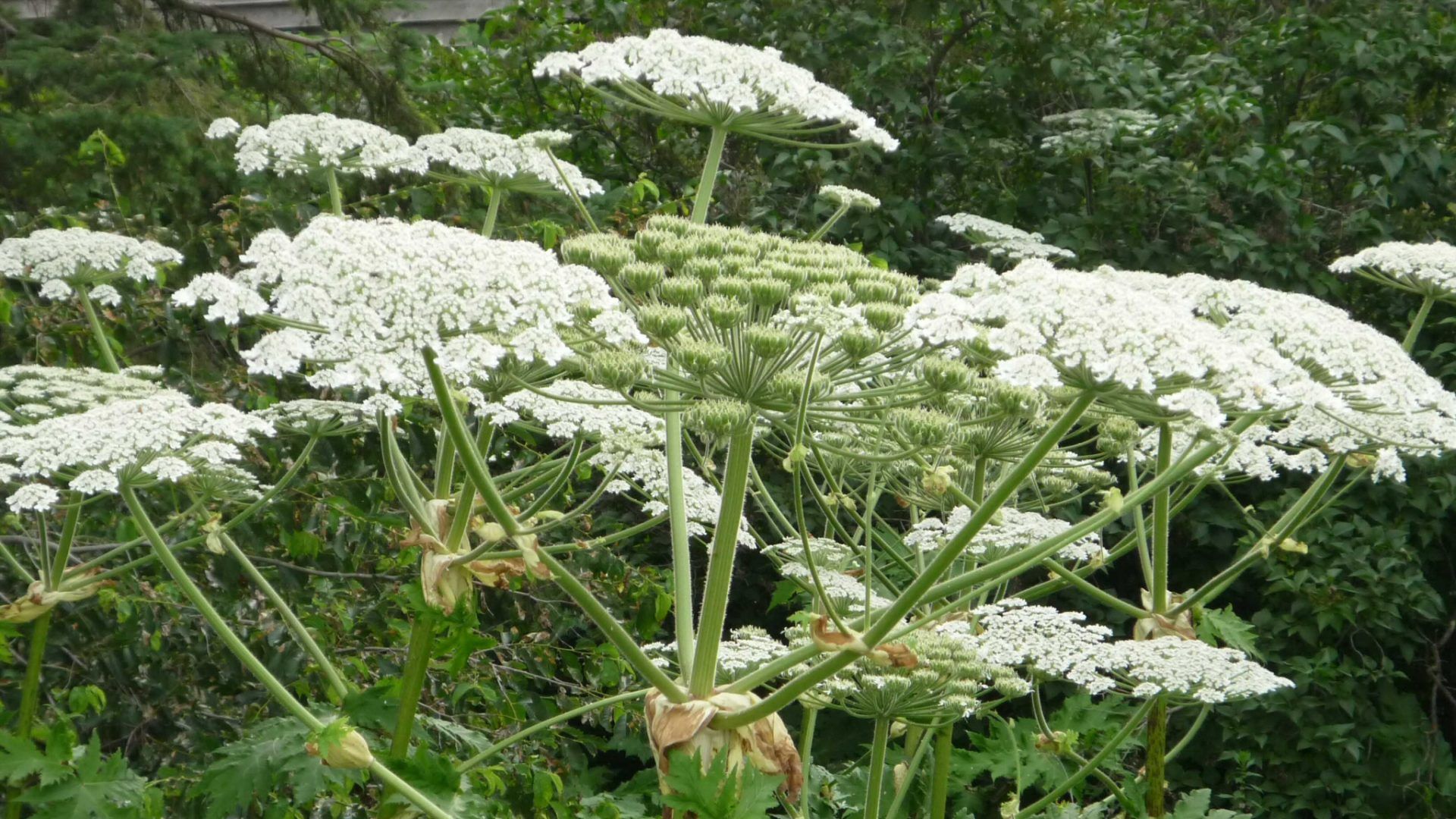
In some extreme cases, the sap can cause blindness if it gets in your eye.
As if one toxic plant wasn't enough, a woman in Vermont is urging people to steer clear of another poisonous weed that's also been causing harm to those who come into contact with it.
21-year-old Charlotte Murphy slipped while walking on the side of a road and her leg came into contact with a wild parsnip plant.
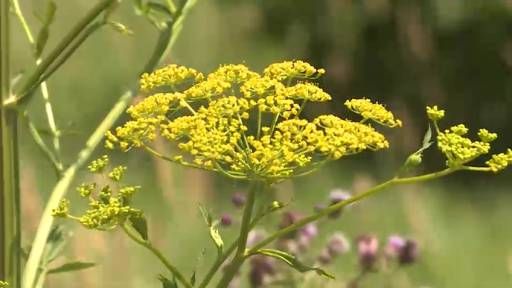
Despite knowing how dangerous the yellow-flowering plant can be, she didn't immediately realize that the oil from its stem, leaves and flowers have gotten onto her skin.
The Elon University student carried on with her day, and that was a big mistake.
A few bumps appeared within a couple days but no pain or itch, she explained on Facebook. I continued working out in the sun allowing more sweat and UV rays to hit the skin, making the reaction that came a week later much worse than if I had washed my skin right away and stayed out of the sun.
Wild parsnip sap "contains chemicals called furanocoumarins," which "can cause a severe burn within 24 to 48 hours after exposure to ultraviolet light," according to the Department of Environmental Conservation.
This is exactly what happened to Murphy. Since she didn't immediately wash the area and cover it, the part of her leg where the sap touched started to blister.
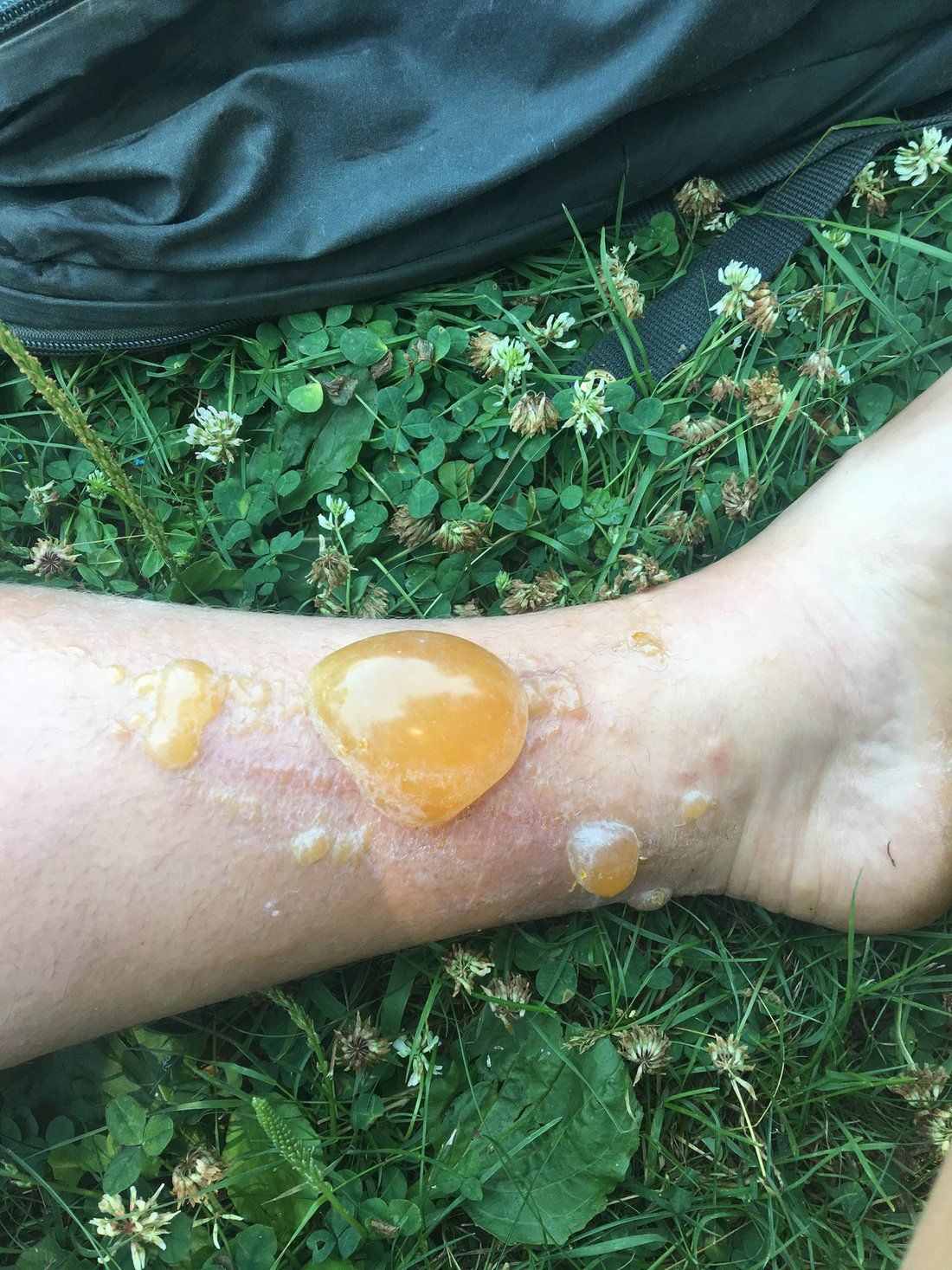
"A week later redness increased and the itch began," Murphy continued. "Unfortunately I scratched it a lot in my sleep and woke up with blisters on my leg. Throughout the day they grew exponentially to a point where my leg was swollen and I couldn't walk."
Murphy finally went to the emergency room and doctors diagnosed her with second-degree chemical burns.
[I] have been going each day for inspection and bandaging as it spread to my other leg, arms, and fingers, Murphy added.
She continued, The progress is slow but the blisters and swelling have gone down and I am now getting my wounds treated at UVM burn clinic, as the plant has produced a burn comparable to a 2ND degree chemical burn.
The burns did spread to other parts of her body, including her other leg and fingers, but the daily treatments she's been receiving and the bandages are making sure it won't worsen. Murphy reassured everyone that she is expected to make a full recovery.
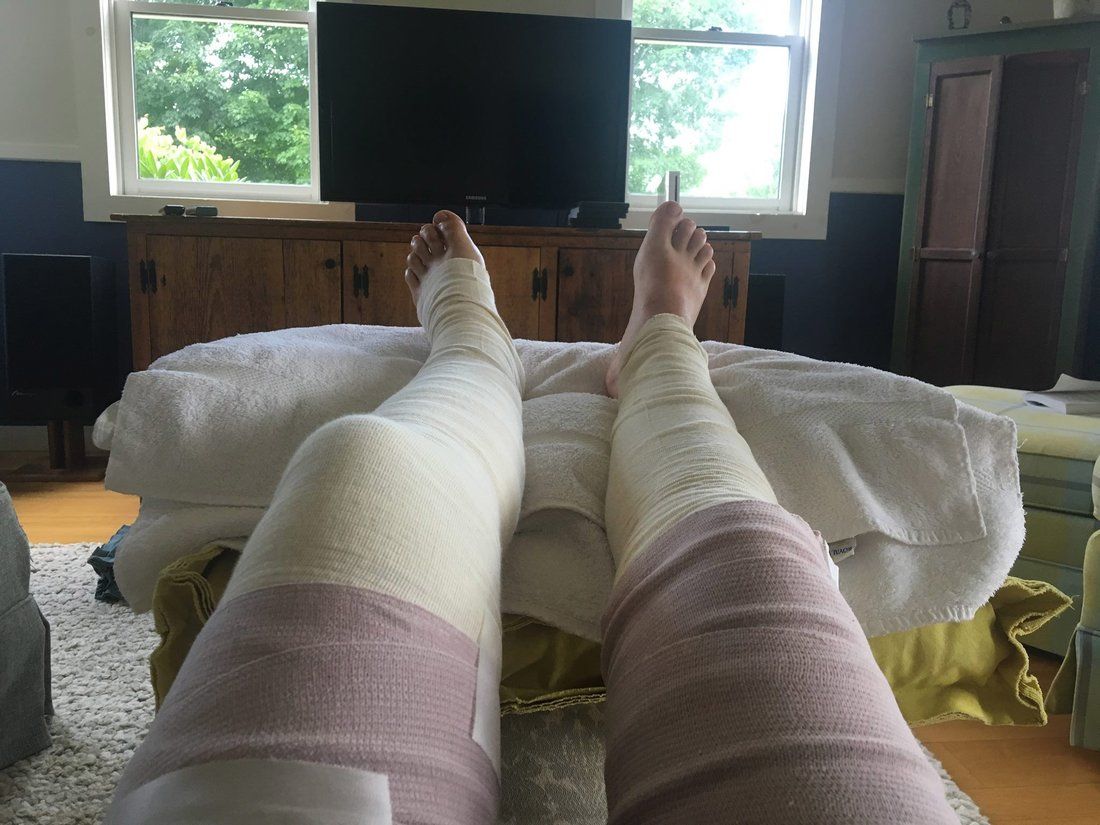
Murphy thanked her doctors and nurses at UVM Medical Center before asking for prayers and urging people to "tell everyone you know" about the dangers of wild parsnip plants.
"Read more about its characteristics online and educate others," she wrote. "Please be on the lookout the rest of the summer and get help immediately if you come in contact with it's oil."
My hope in posting this unfortunate news is to create greater awareness for what WILD PARSNIP is (an invasive species...
Posted by Charlotte Murphy on Saturday, July 14, 2018
Murphy also apologized for posting the "intense" photos of her burnt and blistered skin, but she said "they're the best way to show people what wild parsnip does."
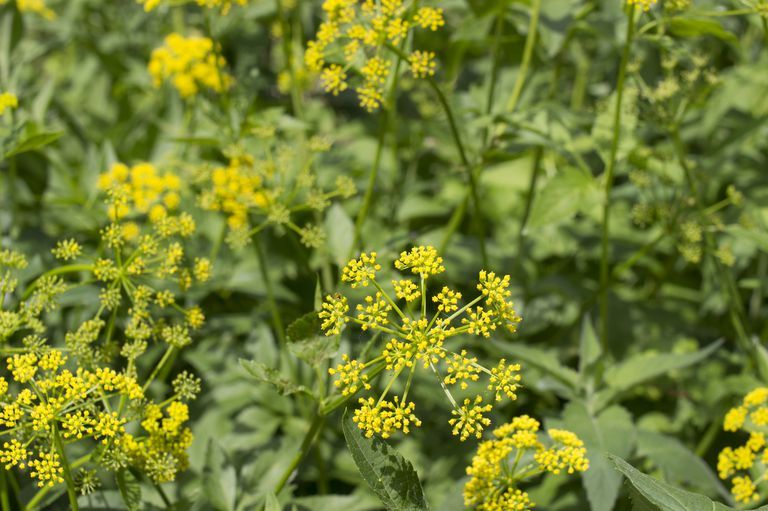
If you do see wild parsnip or hogweed, report it to your local authorities right away. If it shows up in your yard, don't try cutting it down because you could get the toxic oils on you.
If you can, try marking the plant's location so others can also be aware of it. If the plant touched your bare skin, wash the area as soon as possible with cold water and cover it up so it isn't exposed to sunlight. It's recommended that you seek medical treatment right away.
Hopefully Murphy's warning is enough to keep people on alert. You can also do your part by spreading the warning to your loved ones.
These aren't the only beautiful plants that are surprisingly dangerous, check out these stories:
